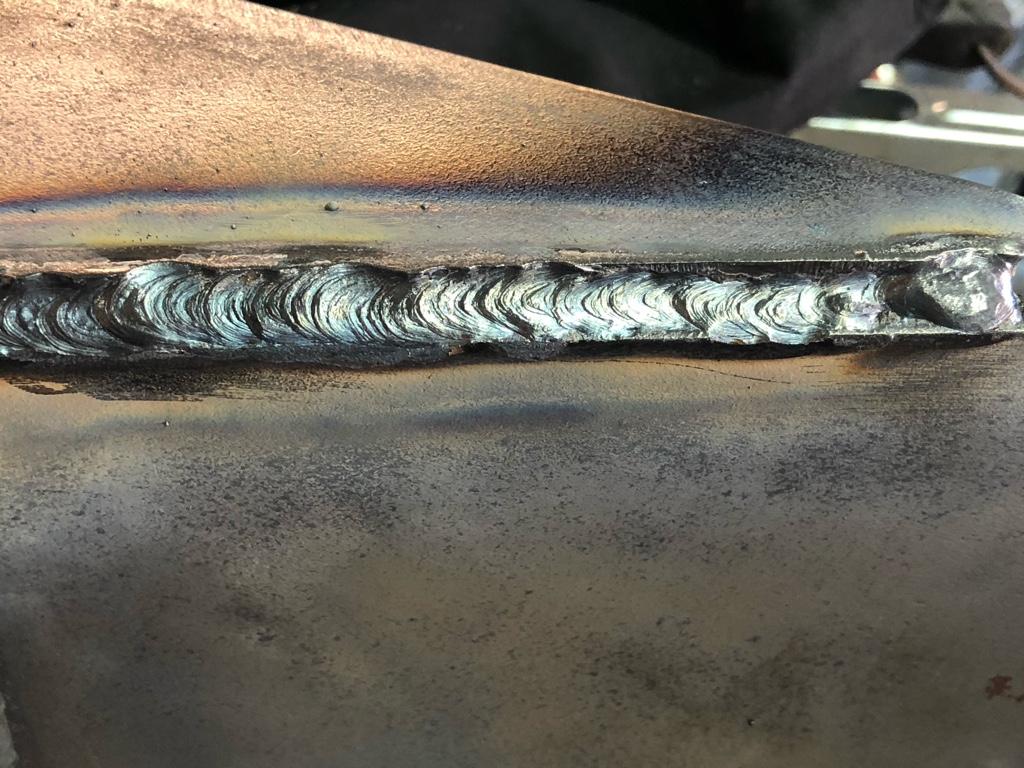Your Complete Manual to Preventing Weld Undercut Like a Pro
Your Complete Manual to Preventing Weld Undercut Like a Pro
Blog Article
A Comprehensive Overview to Identifying, Stopping, and Correcting Undercut Welding Problems in Your Welding Jobs
In the realm of welding, coming across undercut problems is a typical difficulty that can jeopardize the structural honesty and total top quality of your welding jobs. Comprehending the origin behind undercut welding, being able to properly identify it in your welds, and implementing efficient preventative steps are crucial abilities for any welder. In addition, having the expertise and methods to fix undercut issues when they do happen can make a substantial distinction in the final end result of your welding ventures. Stay tuned as we explore the essential parts of determining, preventing, and fixing undercut welding troubles, offering you with beneficial understandings and approaches to raise your welding abilities to the next level.
Typical Root Causes Of Undercut Welding
Undercut welding, a typical concern in welding processes, can be created by numerous factors that require to be meticulously recognized and resolved to make certain the integrity of the weld joint. One of the primary reasons of undercut welding is extreme warm input.
An additional typical source of undercut welding is incorrect welding strategy. Inadequate manipulation of the soldering iron or gun, incorrect angle or distance in between the work surface and the torch, or irregular traveling rate can all add to the development of undercut. Additionally, utilizing the wrong welding consumables or electrode dimension for a specific joint configuration can result in undercut concerns. Recognizing these origin causes and implementing rehabilitative procedures is necessary in avoiding and rectifying undercut welding issues in welding jobs.
Identifying Undercut in Welds

To identify undercut properly, proper illumination and magnification tools are necessary to check the weld joint thoroughly. Utilizing devices such as a welding gauge or a magnifying glass can assist in detecting even the tiniest undercut flaws. In addition, running a finger or a finger nail along the weld joint can in some cases reveal undercut, as the surface might really feel uneven or have a dip where the undercut exists.
Preventive Measures for Undercut
Having a deep understanding of the causes of undercut in welds permits the execution of effective precautionary procedures to preserve weld quality and integrity. One important safety net is appropriate weld joint preparation. Ensuring that the sides are tidy, totally free of pollutants, and correctly beveled can dramatically lower the probability of undercut (Preventing weld undercut). Furthermore, choosing the appropriate welding criteria, such as voltage, present, and check my site travel speed, is essential. These setups ought to be optimized to avoid too much warm input, which can lead Discover More to damage formation.

Strategies for Dealing With Undercut

Raising the welding current or reducing the travel rate can help fill up in the undercut. Additionally, transforming the welding strategy from a push to a drag or vice versa can likewise aid reduce undercut.
Another method is to make use of a weaving motion while welding to ensure correct sidewall fusion and fill in the undercut. By oscillating the welding arc back and forth within the weld joint, the welder can transfer more filler material right into the undercut areas, successfully eliminating the problem.
Furthermore, grinding out the undercut and rewelding the joint can be a feasible solution for much more extreme undercut issues - Preventing weld undercut. This process entails getting rid of the undercut section, preparing the base metal, and after that rewelding the joint with proper welding specifications and strategies to stop undercut from persisting

Expert Tips for Avoiding Undercut
Making use of proper welding methods and keeping control over crucial welding criteria are crucial approaches for welders aiming to protect against undercut in their weld joints. Furthermore, picking the appropriate welding process and filler metal for the specific application can aid avoid undercut. Preserving a regular traveling speed during the welding process is one more crucial tip to stop undercut.
Conclusion
In conclusion, determining, protecting look at this now against, and fixing undercut welding problems in your welding tasks is critical for ensuring strong and resilient welds. Preventing weld undercut. By comprehending the typical reasons for undercut, being able to determine it in welds, applying safety nets, and utilizing proper techniques for repairing undercut, you can stay clear of possible problems and produce top notch welds. Complying with specialist ideas for avoiding undercut can help you enhance your welding skills and generate far better cause your jobs
Undercut welding, a typical problem in welding processes, can be created by numerous aspects that need to be thoroughly determined and addressed to make certain the honesty of the weld joint. Furthermore, running a finger or a fingernail along the weld joint can occasionally reveal undercut, as the surface area may feel irregular or have a dip where the undercut exists.
Making use of appropriate welding methods and maintaining control over vital welding specifications are crucial strategies for welders intending to avoid undercut in their weld joints.In conclusion, determining, stopping, and taking care of undercut welding problems in your welding tasks is vital for guaranteeing resilient and solid welds. By comprehending the usual causes of undercut, being able to identify it in welds, carrying out preventative measures, and using correct methods for fixing undercut, you can prevent possible issues and develop top notch welds.
Report this page